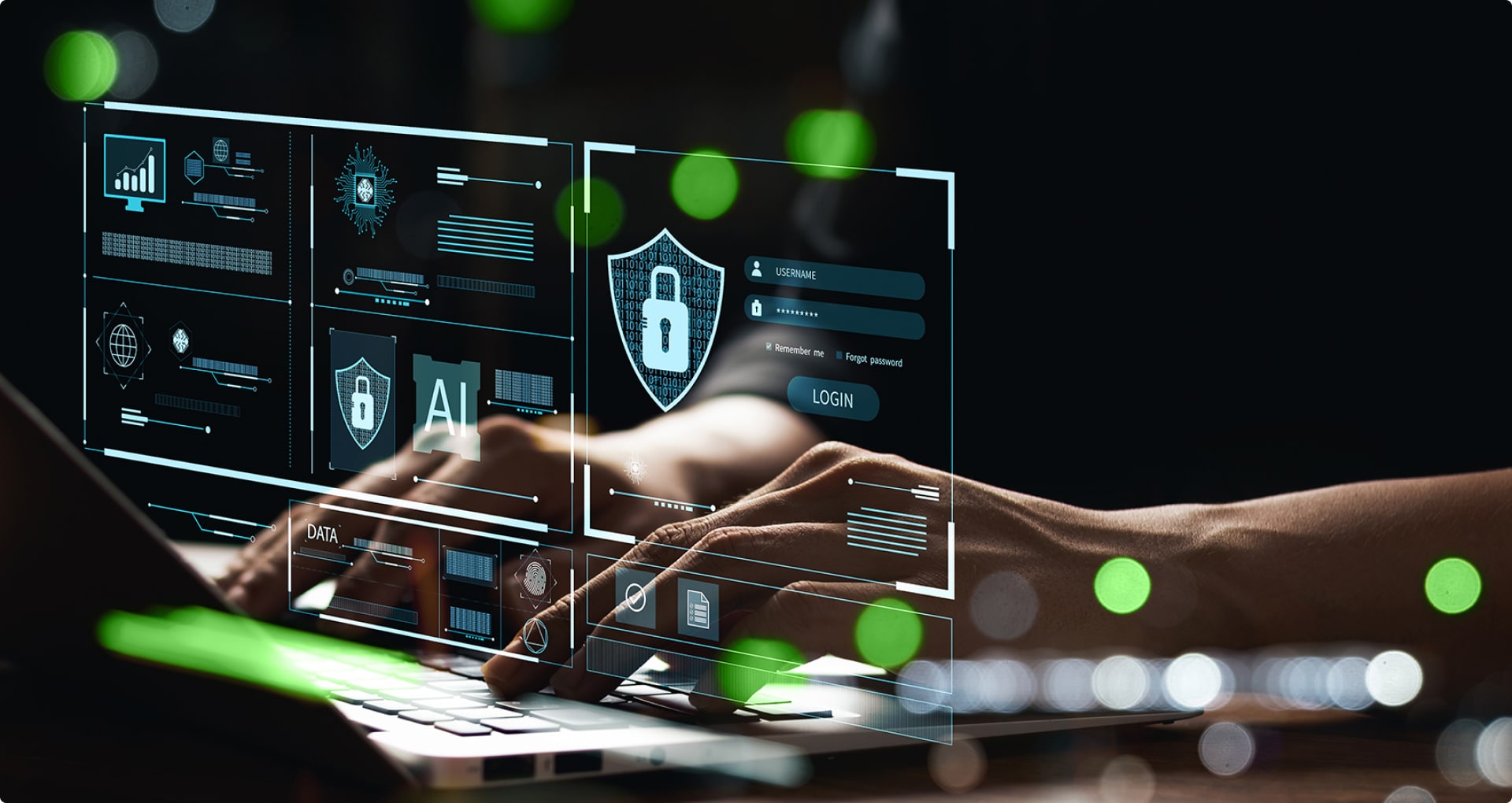Share
The cyber security environment is changing at a dramatic pace –growing from roughly 50,000 attempted intrusions into a company’s network in a year to at least 500,000 a month and increasing. Even as large and small businesses alike have more tools, data feeds, and integrations at their fingertips than ever before, the downside of the highly enabled tech environment lies with the underlaying infrastructure. The predominantly outdated infrastructure was not built to handle the overload of data and accessibility we now have.
At one time, IT and security teams could install basic Microsoft tools and feel confident their enterprise was protected. Unfortunately, off-the-shelf security measures are inadequate. Most perpetrators are already ahead of those standard systems, requiring a combination of people, processes, and technologies to combat the constant barrage of new cyber-attacks.
The Interconnectedness of the Internet and Its Impact
Almost every component of our technology ecosystems is subject to vulnerabilities inherent to the Internet and cloud storage. That risk, multiplied by the number of accounts and devices in your enterprise, creates a concerning amount of room for potential intrusions into your system. For example, old printers and scanners are now potential hosts for malware. Connecting a PC to hacked printers and scanners can unwittingly introduce malware to an entire network. It’s astounding how easy it can be for someone to hack every monitor, system, light, etc., in your organization’s digital infrastructure.
Mitigating the Risk
Widespread interconnection also involves more connections between companies, which must now remain ever mindful. Not too long ago, hackers were not interested in a company’s data, especially if it was too boring or a low target environment to merit a serious or large-scale breach. Now, with companies being connected through all their systems to better serve their customers and clients, hackers often target a partner or vendor to reach a clients’ data. Many times, big brand name companies are breached via their partner and vendor systems.
Given the speed at which ever-more-sophisticated threats come at us daily, the effectiveness of security policies and processes is a business’s greatest shield. Saving your data to a trusted source like Mac or Windows gives you some protection. Multi-factor authentication and encryption also protects important data.

Designing Security from the Beginning
There is no shortcut to becoming uninteresting to the bad guys prowling for systems to hack. Effectively protecting your network from intrusion requires a rock-solid security architecture built from the ground up and a living security policy complete with process maps, mitigation plans, employee engagement, and enforcement measures. The best cyber security combines both group and personnel policies. Many companies are doing one or the other; doing both really makes a big difference in keeping systems safe. When giving an employee or client access to your system, it is important to only give them access to the specific data they need.
A best practice is to implement personnel policies that set up an employee or client access to certain parts of the system—restricting them to only the five or six tools they need. Group policies work better when you take a group of employees or clients that need access to the same file or function and give them simultaneous access. Using both policies together works best – limiting people’s access to the designated collaborative areas, while also giving them specific accesses based on their job profile.
Developing a strong security plan calls for proper policy and a thorough knowledge of intricate technology infrastructure systems. It’s important to prioritize cyber risks while identifying the types of sensitive data that needs to be protected. You should always ask, “Yes, this is hardened, but what is it connected to?” In addition, it’s vital to incorporate and demonstrate proper compliance in your plan. Build a record of all hardware and software devices in your network and then implement a plan that includes good cyber hygiene. Once your cyber security plan is in place, be sure to train employees on security – essentially turning every employee into a Cyber Security Marshall – for heightened vigilance and greater resilience.
Learn more about ResultsCX’s Information Security environment
Watch our Information Security video about how we protect clients, their customers, and ourselves.






